Home »
Misc »
How to measure a basketball
How to measure a basketball
The Three Measurements of the Noah Shooting System
The Noah Shooting System tracks shots taken anywhere on the court and collects data about how and where the shot enters the hoop. A sensor positioned 13 feet above the basket captures the position of the ball 30 times per second. In addition to tracking where the shot was taken and if the shot was a make or a miss, the three attributes of the shot that are measured are left-right, depth in the basket and entry angle. These attributes are measured from the perspective of the shooter, so the point on the hoop closest to the shooter is always defined as the front of the hoop. The measurement is collected when the center of the ball intersects with the plane of the rim. For shots that contact the rim, the measurement is collected where the center of the ball would have intersected with the plane of the rim.
Noah- 3 Measurements from Noah Basketball on Vimeo.![]()
The left-right measurement is the deviation of the shot either to the left or the right of dead center. This is measured dynamically with each shot by drawing an imaginary line from the shooter through the center of the hoop. The measurements are taken based off of the hoop’s nine-inch radius. A straight shot would yield a reading of zero, verses a shot which lands centered exactly on the leftmost part of the hoop has a Left-Right value of negative nine inches, and a shot which lands exactly on the rightmost part of the hoop has a Left-Right value of plus nine inches.
Depth is the point where the shot enters into the hoop in relation to the front of the rim. The sensor measures the point where the ball flight parabola would cross the plane of the rim, with the front of the rim being 0 inches and the back of the rim being 18 inches. The front of the rim is still defined as the point on the rim closest to the shooter.
Angle is the entry angle of the shot into the hoop. First the flight of the shot is recorded as the center of the ball is tracked during the flight of the shot forming a parabola.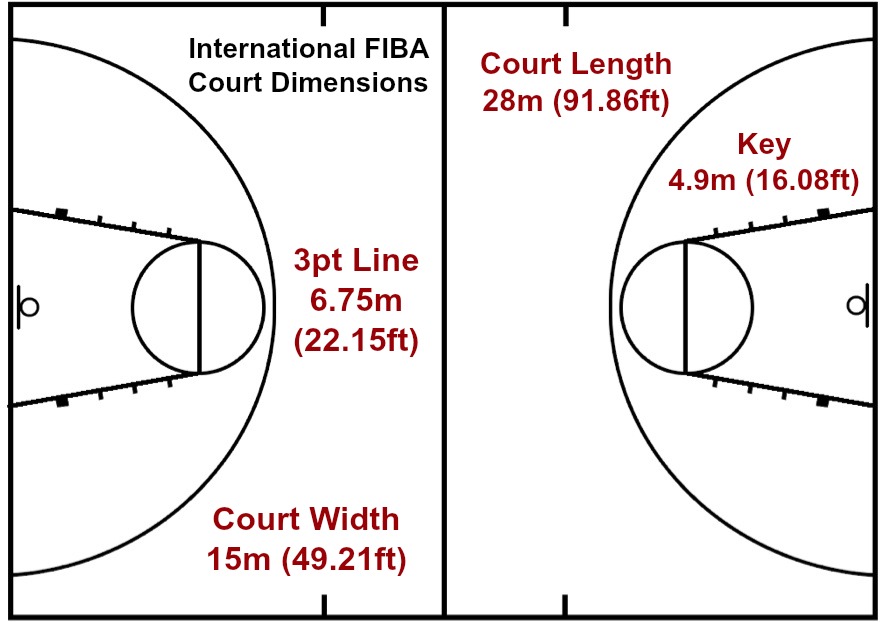 Then a straight line is drawn as a tangent to the ball’s flight path as it would cross through the plane of the rim. The Angle attribute is the angle between the plane at the rim and the tangent to the ball’s flight path at the rim.
Then a straight line is drawn as a tangent to the ball’s flight path as it would cross through the plane of the rim. The Angle attribute is the angle between the plane at the rim and the tangent to the ball’s flight path at the rim.
Left-Right, Depth in the basket and entry angle are important measurements to help shooters understand why a shot was a miss or a make. The Noahlytics Data Service provides detailed feedback on every shot taken and the unique grading system helps shooters understand which areas to focus on during a workout. This system helps shooters develop the muscle memory to consistently shoot the ball straight at a 45 degree angle and 11 inches deep, and ultimately make more shots and win more games.
- - -
Topics: science of shooting,, basketball technology, basketball shooting aid, basketball data, basketball data service, basketball analytics, basketball shot trackers, basketball shooting data, Sports analytics
Basketball Sizes: A Quick Guide for All Levels of Play
Skip to content
Basketball sizes vary by age, gender, and level of play.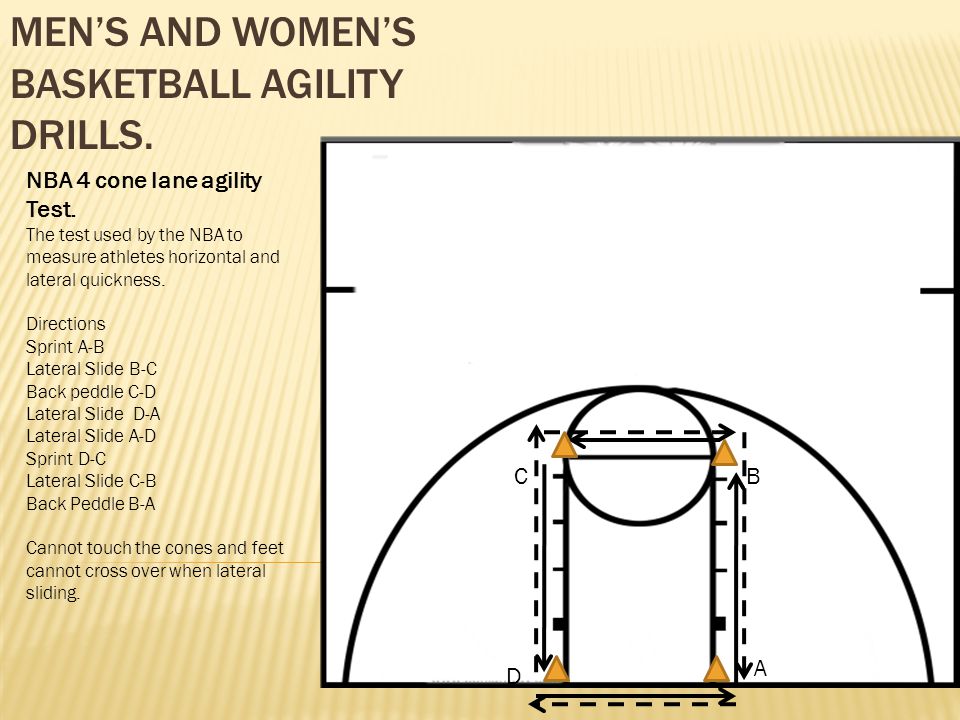 The official size of the basketball used by the NBA is 29.5 inches in circumference. That’s the same size used throughout men’s college and high school basketball leagues. The WNBA uses a slightly smaller ball, measuring 28.5 inches in circumference.
The official size of the basketball used by the NBA is 29.5 inches in circumference. That’s the same size used throughout men’s college and high school basketball leagues. The WNBA uses a slightly smaller ball, measuring 28.5 inches in circumference.
For international play, specifically FIBA, the basketball used is what’s called a Molten GL7 for men and Molten GL6 for women. These basketballs typically feature two different colors and are slightly bigger, with a 30.7-inch circumference for the men’s ball and a 29-inch circumference for the women’s.
Boys in middle school (or ages 12-14), use a 28.5-inch ball, as do all women and girls ages 12 and up. For anyone, male or female, between the ages of nine and 11, a ball size of 27.5 inches in circumference is recommended and is the most commonly sized ball used in youth basketball leagues.
Boys and girls between the ages of 4 and 8 use a basketball between the sizes of 22 inches and 24.5 inches in circumference, depending on the individual’s hand size, which can be determined by a coach or parent by measuring from the bottom of the individual’s palm to the tip of his or her middle finger.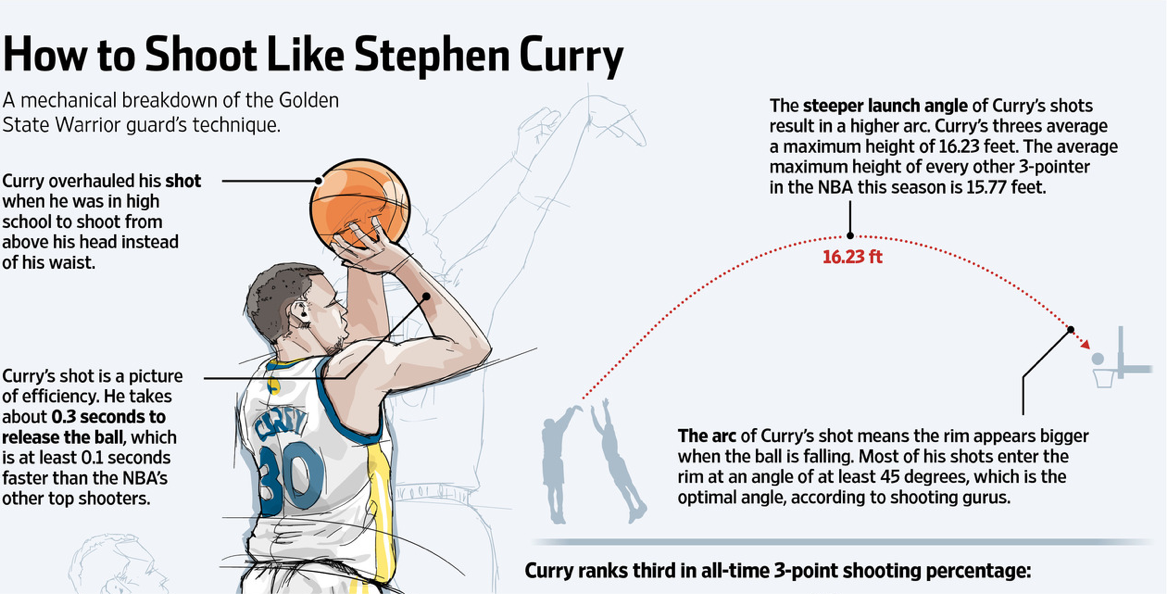
An NBA basketball must be inflated to a pressure of 7.5 to 8.5 PSI. The WNBA uses the same pressure regulations.
In the NCAA, inflation requirements are given in weight, with the men’s ball having a maximum weight of 22 ounces and the women’s ball having a maximum weight of 20 ounces. In FIBA play, the official rules state that the ball “be inflated to an air pressure such that, when it is dropped onto the playing floor from a height of approximately 1,800 mm measured from the bottom of the ball, it will rebound to a height of between 1,200 mm and 1,400 mm, measured to the top of the ball.”
What is the Diameter of a Basketball?A standard NBA basketball has a diameter between 9.43 and 9.51 inches. In the WNBA, the basketball has a diameter of between 9.07 and 9.23 inches. Basketballs used in the NCAA are between 9.39 and 9.55 inches for the men and 9.07 and 9.23 inches for the women.
Indoor vs. Outdoor Basketballs (a.k.a. “Street” Basketballs)
Outdoor Basketballs (a.k.a. “Street” Basketballs)Basketballs used for indoor and outdoor play differ in their material. Indoor basketballs are made of full-grain leather; basketballs meant for outdoor use are made of rubber.
Though basketballs made for indoor use may initially feel smooth to the touch, after a few uses they becomes somewhat broken in and easier to grip, much like a baseball mitt. Leather basketballs should not be used outside, because the concrete surface of an outdoor basketball court causes the leather to roughen and wear, which eventually ruins the ball’s grip.
Some indoor basketballs are made of composite or synthetic leather. The upside is that they don’t need to be broken in like a regular leather ball. But generally speaking the quality is not as good.
Outdoor, or “street” balls, employ a rubber surface because it can absorb the rougher surface of a concrete court without sacrificing the ball’s grip.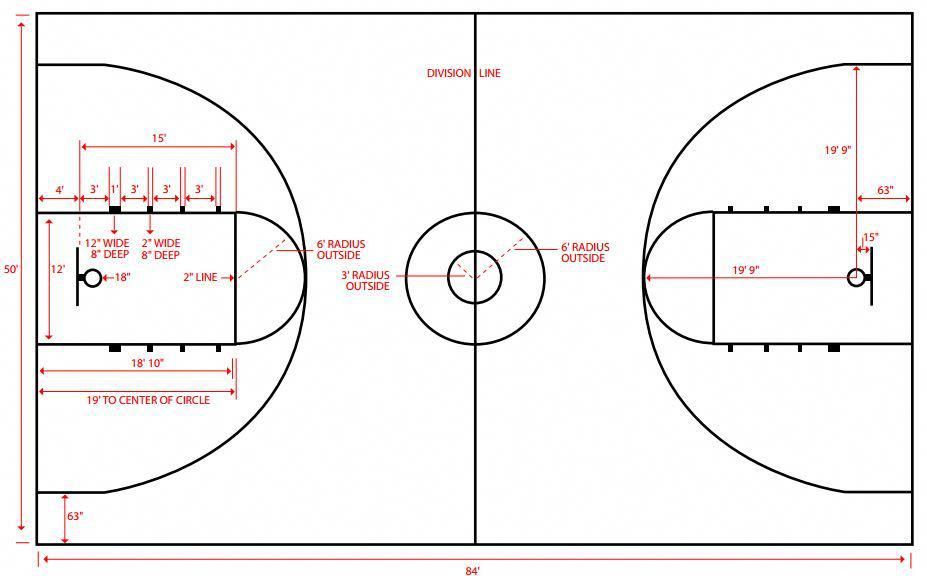 A rubber ball is also a good choice for beginners because it is the easiest ball to control.
A rubber ball is also a good choice for beginners because it is the easiest ball to control.
Best Selling Basketball BrandsThe three best selling basketball brands are Spalding, Nike and Wilson. As the official ball of the NBA, Spalding is perhaps the most recognized basketball manufacturer. Nike and Wilson are also popular thanks to the variety of textures, technologies and color schemes they offer.
A typical official-size men’s basketball retails on average between $30 and $60. Both the NBA and WNBA use Spalding basketballs, while the NCAA and most youth leagues use Wilson. As mentioned previously, FIBA and international leagues use Molten as its basketball provider.
READ MORE:
- Basketball Court Dimensions and Hoop Height: A Quick Guide
- Helpful Stretches for Basketball Players
- AAU Basketball, Explained
- How to Build a Basketball Body
Share This Story!
MOST POPULAR
Basketball sizes vary by age, gender, and level of play.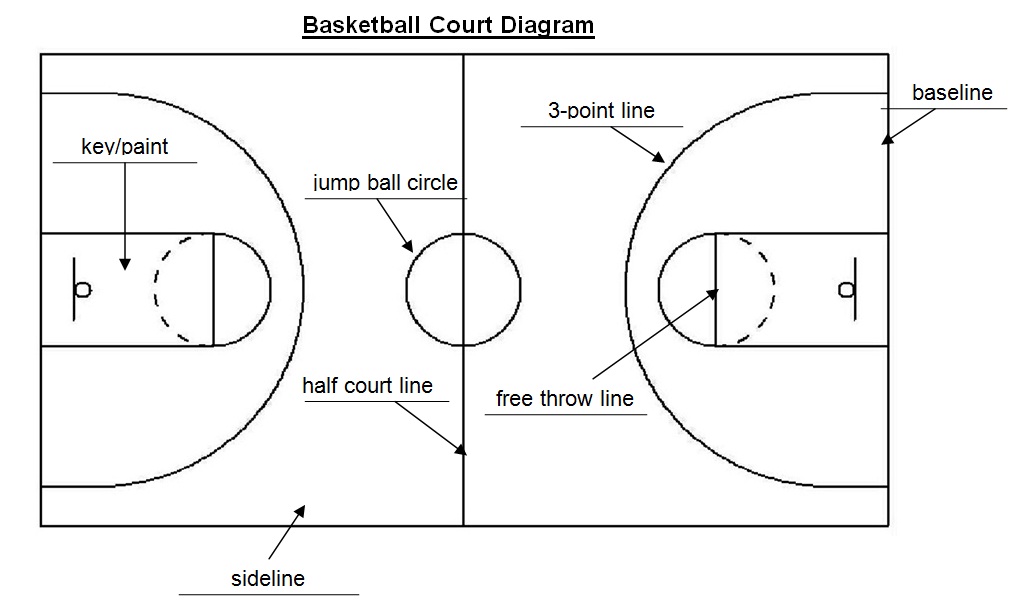 The official size of the basketball used by the NBA is 29.5 inches in circumference. That’s the same size used throughout men’s college and high school basketball leagues. The WNBA uses a slightly smaller ball, measuring 28.5 inches in circumference.
The official size of the basketball used by the NBA is 29.5 inches in circumference. That’s the same size used throughout men’s college and high school basketball leagues. The WNBA uses a slightly smaller ball, measuring 28.5 inches in circumference.
For international play, specifically FIBA, the basketball used is what’s called a Molten GL7 for men and Molten GL6 for women. These basketballs typically feature two different colors and are slightly bigger, with a 30.7-inch circumference for the men’s ball and a 29-inch circumference for the women’s.
Boys in middle school (or ages 12-14), use a 28.5-inch ball, as do all women and girls ages 12 and up. For anyone, male or female, between the ages of nine and 11, a ball size of 27.5 inches in circumference is recommended and is the most commonly sized ball used in youth basketball leagues.
Boys and girls between the ages of 4 and 8 use a basketball between the sizes of 22 inches and 24.5 inches in circumference, depending on the individual’s hand size, which can be determined by a coach or parent by measuring from the bottom of the individual’s palm to the tip of his or her middle finger.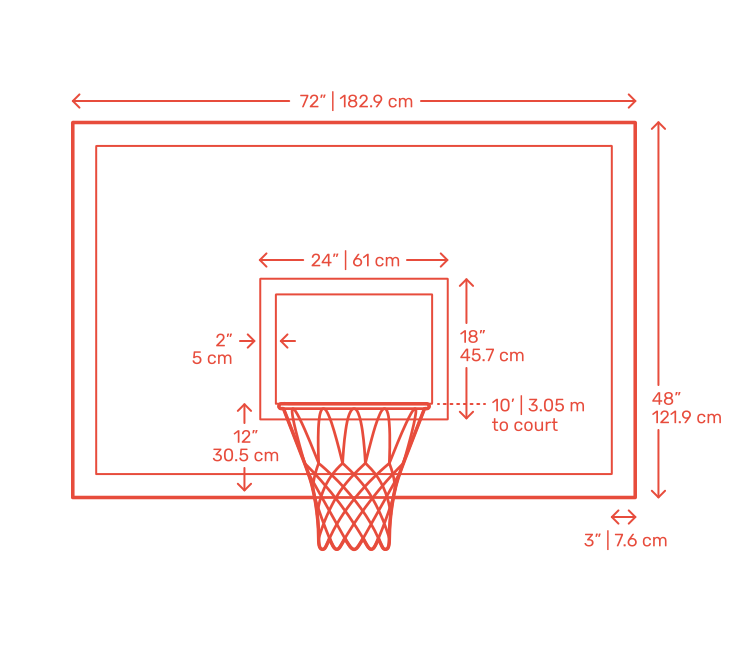
An NBA basketball must be inflated to a pressure of 7.5 to 8.5 PSI. The WNBA uses the same pressure regulations.
In the NCAA, inflation requirements are given in weight, with the men’s ball having a maximum weight of 22 ounces and the women’s ball having a maximum weight of 20 ounces. In FIBA play, the official rules state that the ball “be inflated to an air pressure such that, when it is dropped onto the playing floor from a height of approximately 1,800 mm measured from the bottom of the ball, it will rebound to a height of between 1,200 mm and 1,400 mm, measured to the top of the ball.”
What is the Diameter of a Basketball?A standard NBA basketball has a diameter between 9.43 and 9.51 inches. In the WNBA, the basketball has a diameter of between 9.07 and 9.23 inches. Basketballs used in the NCAA are between 9.39 and 9.55 inches for the men and 9.07 and 9.23 inches for the women.
Indoor vs. Outdoor Basketballs (a.k.a. “Street” Basketballs)
Outdoor Basketballs (a.k.a. “Street” Basketballs)Basketballs used for indoor and outdoor play differ in their material. Indoor basketballs are made of full-grain leather; basketballs meant for outdoor use are made of rubber.
Though basketballs made for indoor use may initially feel smooth to the touch, after a few uses they becomes somewhat broken in and easier to grip, much like a baseball mitt. Leather basketballs should not be used outside, because the concrete surface of an outdoor basketball court causes the leather to roughen and wear, which eventually ruins the ball’s grip.
Some indoor basketballs are made of composite or synthetic leather. The upside is that they don’t need to be broken in like a regular leather ball. But generally speaking the quality is not as good.
Outdoor, or “street” balls, employ a rubber surface because it can absorb the rougher surface of a concrete court without sacrificing the ball’s grip. A rubber ball is also a good choice for beginners because it is the easiest ball to control.
A rubber ball is also a good choice for beginners because it is the easiest ball to control.
Best Selling Basketball BrandsThe three best selling basketball brands are Spalding, Nike and Wilson. As the official ball of the NBA, Spalding is perhaps the most recognized basketball manufacturer. Nike and Wilson are also popular thanks to the variety of textures, technologies and color schemes they offer.
A typical official-size men’s basketball retails on average between $30 and $60. Both the NBA and WNBA use Spalding basketballs, while the NCAA and most youth leagues use Wilson. As mentioned previously, FIBA and international leagues use Molten as its basketball provider.
READ MORE:
- Basketball Court Dimensions and Hoop Height: A Quick Guide
- Helpful Stretches for Basketball Players
- AAU Basketball, Explained
- How to Build a Basketball Body
Share This Story!
Page load link
Basketball size 7,6,5,3 (weight, diameter, pressure)
Home / All sports / Basketball size 7,6,5,3 (weight, diameter, pressure)
03/20/2020 All sports Leave a comment 25,929 Views
Share with friends
Basketball size varies by league, governing body, and gender and age of students.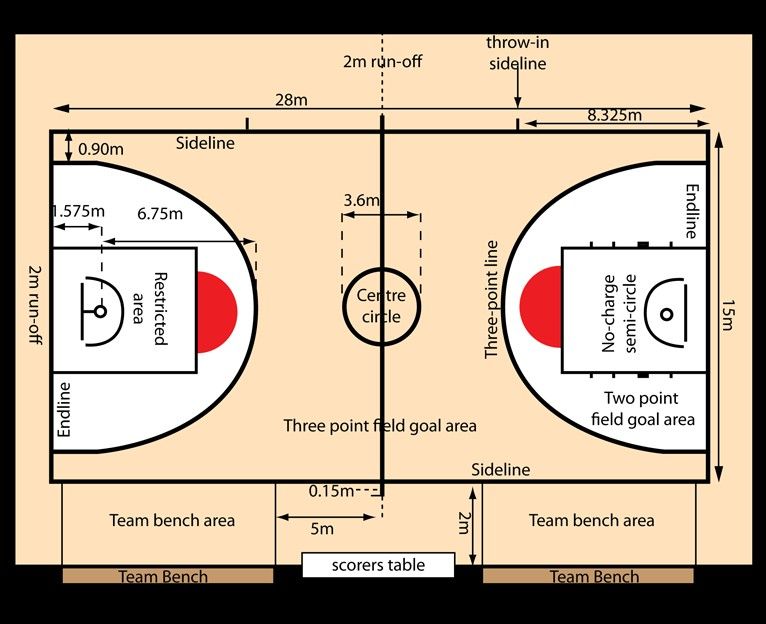 Basketballs differ from each other in weight, pressure, circumference and material of manufacture. According to the official rules of the game, the game projectile must have a spherical shape, be made in orange and have 8 black inserts and seams.
Basketballs differ from each other in weight, pressure, circumference and material of manufacture. According to the official rules of the game, the game projectile must have a spherical shape, be made in orange and have 8 black inserts and seams.
The official size of a basketball is numbered 7, it has the following characteristics: weight (mass) is - 567-650 grams, circumference - 749-780 cm, atmospheric pressure - 0.56 - 0.63 kg / cm 2 . This is the largest ball, and now look at the rest in the table:
| Size | Circumference (cm) | Weight (grams) | Pressure (kg/cm 2) | Where applicable |
| 7 | 749-780 | 567-650 | 0.56 - 0.63 | Professional Men's Basketball, Boys 14+ |
| 6 | 724-737 | 510-567 | 0.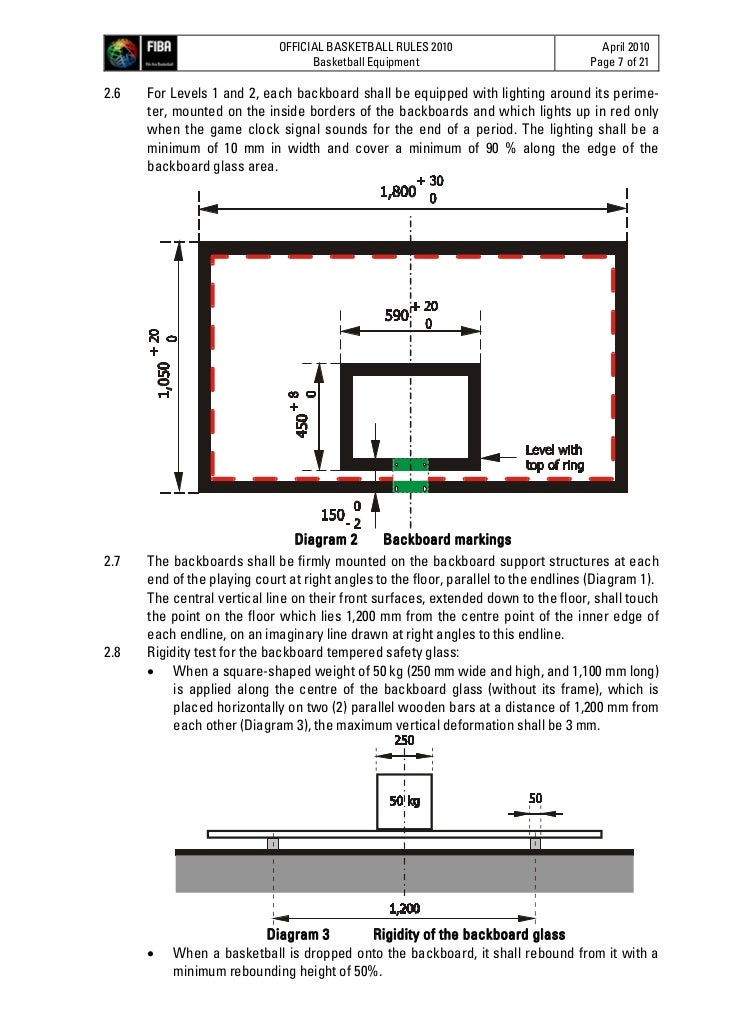 56 - 0.63 56 - 0.63 | Women's professional basketball, girls 12+, boys 12-13 |
| 5 | 690-710 | 470-500 | 0.56 - 0.63 | Boys and girls 10-11 years old |
| 3 | 560-580 | 300-330 | 0.56 - 0.63 | Boys and girls 4-9 years |
Pass the Basketball Test
Basketballs are made from natural leather or synthetic leather - the pressure is the same for all sizes. It is worth remembering that a correctly inflated ball of the correct size is important to ensure quality training and skill development for players of different ages.
For games held under the auspices of the International Basketball Federation (FIBA), the ball is inflated to air pressure so that when it falls onto the court from a height of 1.8 meters, it should bounce to a height of 1.2-1.4 meters (measured by the top of the game ball).
Indoor and outdoor basketballs
There are no differences between the versions of the game in terms of size, but there are other nuances regarding manufacturing. Indoor balls are made of genuine leather, and outdoor balls are made of rubber.
Indoor balls are made of genuine leather, and outdoor balls are made of rubber.
Leather basketballs intended for indoor use should not be used outdoors. Concrete or asphalt surfaces cause the leather to become rough and wear out quickly, eventually resulting in poor hand-ball contact. Also, some balls for playing inside are made of composite or synthetic leather, but their quality leaves much to be desired.
For outdoor play, manufacturers make balls with a rubber surface, as it is able to interact better with rough field surfaces. Rubber basketball will be a good choice for beginner players as it is much easier to control and develop skills.
Best Selling Basketball Brands
Basketball is very popular all over the world, which means that ball manufacturers do not have to sit idle, because they need to compete, create a quality product and, accordingly, make a profit. Here are the 3 best selling basketball brands in the world.
- Spalding (USA)
- Wilson (USA)
- Molten (Japan)
Spalding makes balls for the most popular league in the world, the NBA. Wilson is in demand with the NCAA and most of the youth leagues in the United States of America. But Molten is the main supplier of game equipment for FIBA tournaments, European championships and even the Olympic Games.
Wilson is in demand with the NCAA and most of the youth leagues in the United States of America. But Molten is the main supplier of game equipment for FIBA tournaments, European championships and even the Olympic Games.
Note that on average for men, a standard size 7 basketball sells for $30-60.
Basketballs have changed a lot since the beginning of the game in the late 19th century. Today, technology has made it possible to make very high-quality and even smart balls. This was not always the case, because decades have passed and the balls have undergone many changes and improvements, although at the very beginning, James Naismith, the founder and father of basketball, used a soccer ball to play, which his students threw into peach baskets.
A new wave of basketball ball design, sweat throughout the appearance, will stand out flawless technology. This applies to the panels of the game projectile - now there are 8 of them, and the new composite structures have only two.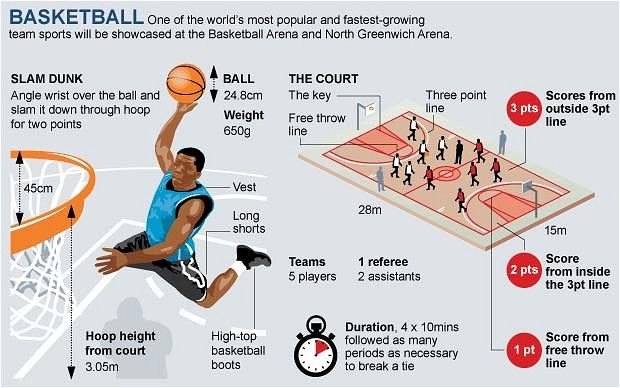 New modern balls are constantly advertised by manufacturers. There are those that can control humidity, have more pimples - dots, and are even able to track the entire process of the game and in live mode and send information (strength of throw, rotation, impact) to Android or iPhone. Such a ball is 94FiFty.
New modern balls are constantly advertised by manufacturers. There are those that can control humidity, have more pimples - dots, and are even able to track the entire process of the game and in live mode and send information (strength of throw, rotation, impact) to Android or iPhone. Such a ball is 94FiFty.
Free throw in basketball: execution technique
2020-03-20
Check also
Share with friendsThe rematch of Usyk vs Joshua will take place on August 20, 2022. The arena for the grand ...
Ball sizes for different sports, 2016
Balls for football, volleyball and other team games differ in shape, weight, texture and size. Even within the same sport, several standard ball sizes can be accepted - for children's and adults, men's and women's competitions.
There are 5 size standards among soccer balls:
- Size 1. Usually these are balls for advertising, with inscriptions and logos of sponsoring companies and manufacturers.
 Synthetic materials, 32 panels, structure and shape similar to sports balls. Circumference - 43 cm.
Synthetic materials, 32 panels, structure and shape similar to sports balls. Circumference - 43 cm. - Size 2. Children's ball used by coaches to train the younger group aged 4-7 years. Material - synthetic, 32 or 26 panels, weight - 283.5 g, circumference - 56 cm.
- Size 3. Training for children from 8 years old. 18, 26 or 32 panels, synthetic or PVC, weight 340 g, circumference 61 cm.
- Size 4. Practice ball for ages 12 and up, and standard futsal ball . Material - leather or synthetics, weight - 369-425 g, circumference - 63.5 cm.
- Size 5. The standard adopted by FIFA for all official competitions for children over 12 years old and adults. Weight - 410-450 g, circumference - 68.5-70 cm.
- Size 5. Weight 260-280 g, circumference 67-68 cm.
- Size 4. Weight 240-260 g, circumference 62-64 cm.
For beach volleyball standard ball - size 5, 260-280 g, circumference - 66-68 cm.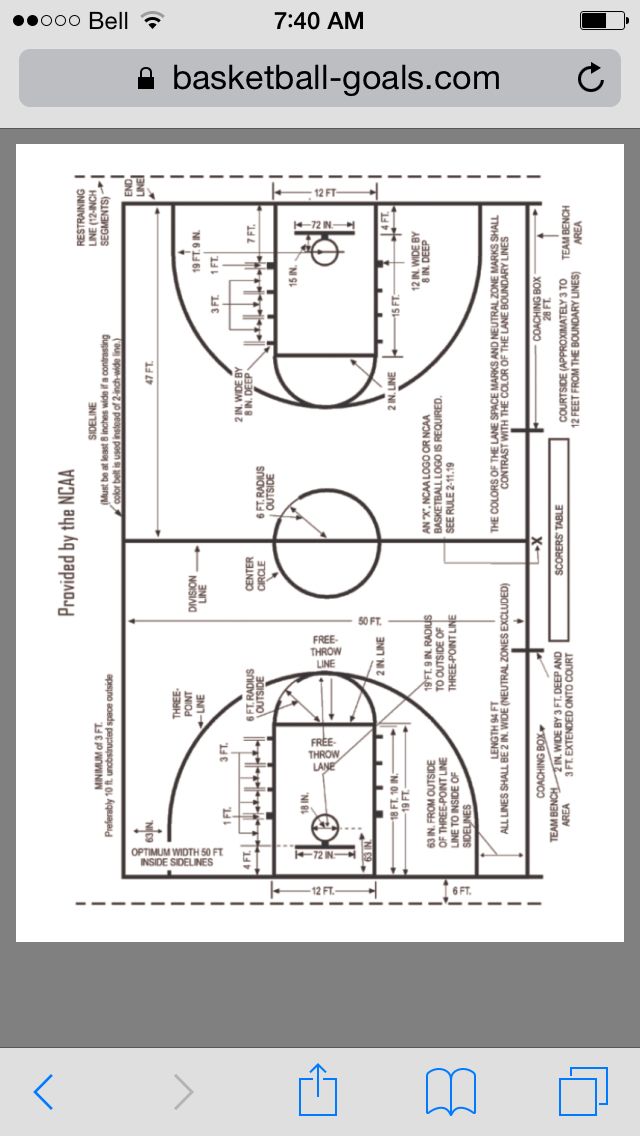 Children's basketball, weight 283-310 g, ball circumference - 55-57 cm.
Children's basketball, weight 283-310 g, ball circumference - 55-57 cm.
Size 5. Junior competitions. Weight 450-500 g, circumference - 68-73 cm. Size 6. Women's basketball. The size of the ball is 510-567 g and 72.4-74.7 cm in diameter. Size 7. Men's basketball. Ball weight - 560-650 g, circumference - 75-78 cm.
- Size 1. Children: boys 8-12 and girls 8-14. Ball weighing 270-280 g and circumference 50-51 cm.
- Size 2. Girls over 14 and boys 12 to 16. Ball 325-350 g, circumference 54-55 cm.
- Size 3. Boys over 16 and adults. Weight - 425-475 g, circumference - 58-59see
Material - synthetic, rubber (leather absorbs water, therefore not suitable). Size standards:
- Size 4. Women's teams, weight 400-450 g, circumference 65-67 cm.
- Size 5 Men's Team, Weight 400-450g, Circumference
62.5-63.5 cm.
Rugby ball size
The rugby ball has an elliptical shape.